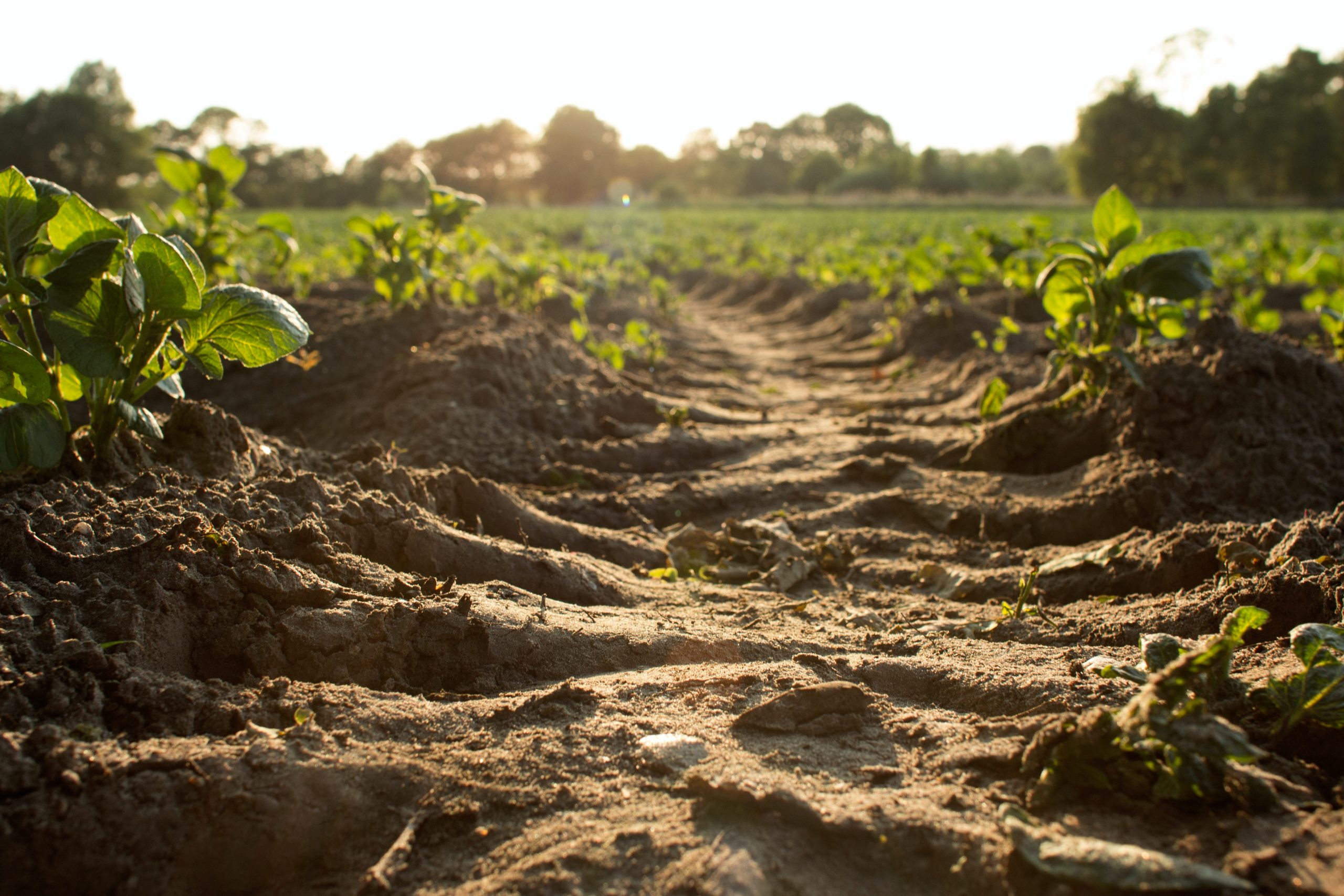Rehabilitating the farm ecosystem
Globally, farming practices and operations are becoming more environmentally-friendly and eco-conscious. With Agriculture 4.0 and precision farming taking root in farming operations worldwide, regenerative farming practices are becoming the norm. At the core of regenerative farming is the aim of improving soil health and fertility. Regenerative farming focuses on rebuilding organic soil matter and biodiversity, allowing for a more nutrient dense, high-quality crop output in-season without stripping the soil of the vital elements it needs to continue producing crops of this nature.
Regeneration International, a non-profit organisation who’s mission is to promote, facilitate and accelerate the global transition to regenerative food, farming and land management, says that according to soil scientists, “at current rates of soil destruction within 50 years we will not only suffer serious damage to public health due to a qualitatively degraded food supply characterised by diminished nutrition and loss of important trace minerals, but we will literally no longer have enough arable topsoil to feed ourselves.” This is why it is imperative to start cultivating farming practices that provide environmental solutions, especially when it comes to soil health.
While regenerative farming may be a new concept to some, most farmers already consider this best farming practice and feel that it should be part of any farming operations. Below we explain what some of these best farming practices are and their benefits.
Regenerative farming practices
Rotational grazing
Rotational grazing involves moving livestock through a series of pastures during grazing. This allows pastures to rest when they are not being grazed upon which improves plant and soil health by allowing plants to recover and deepen their root systems.
No-till/reduced till farming
By implementing no-till farming into farming operations, farmers can increase the nutrient density and fertility of their soil at the same time. It also helps to retain organic matter, has a higher water holding capacity and a higher biological activity in the soil compared to tilled soil. This means that the soil is able to produce higher quality crops.
Compost and manure
These applications have a host of benefits for soil health, like feeding soil organisms, improving soil structure and adding carbon to soil, which help with storing nutrients and water in the soil. Using natural compost and manure in your soil operations can help you reduce the reliance on unnatural fertilisers, and help improve the growth of your plant life.

Cover cropping
Cover cropping is where plants are grown between crops to ‘cover’ the soil. The purpose of which is to provide nourishment to soil year-round – not just in crop season. Aside from providing nutrition to the soil in and out of season and improving its quality, cover cropping also helps to prevent erosion, pests, and weeds, among other things.
Mixed crop rotation
To create better soil structure, which promotes soil and plant growth, farmers are prioritising the rotation of their crops on their farms. By rotating the crop type grown in certain locations, helps to reduce soil depletion, thereby enhancing biodiversity and quality of the soil. The genius behind using mixed crops is because different crops have different nutritional needs. Using different crops with different needs means that you are not depleting the soil of all its nutrients. This improves the fertility and health of the soil, which optimises plant growth and crop yield.
Not just soil benefits
While the benefits of regenerative farming are evident in the health of soil and the long-term environmental impact, there are a few not so visible benefits worth mentioning: input costs and end markets. Regenerative farming result in cost-savings. This is due to the reduced need of using fertilizers, pesticides, and chemicals on the farm because the health of the soil has been optimised and the organic nature of it now promotes insect and other organism to thrive.
As more farming operations are becoming transparent in their transactions, driven by consumer-demand, the end market is starting to support regenerative farming wholeheartedly. In today’s drive towards being more eco-conscious and environmentally friendly, consumers want to not only know where their food is coming from, but how it is grown. Taking steps to improve the quality and health of soil will reap benefits for your farm for generations to come environmentally and economically.
